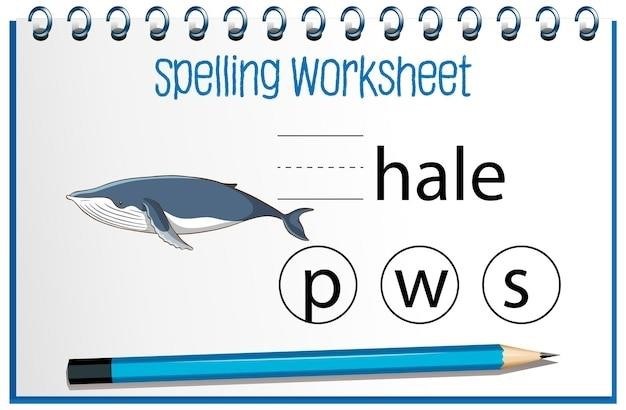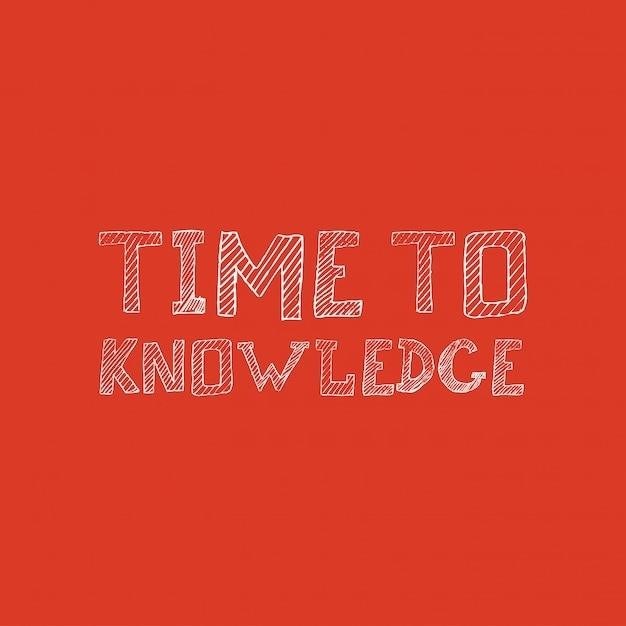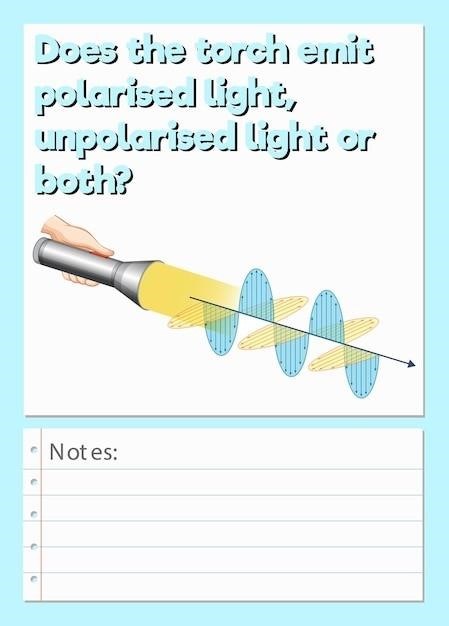What is the BEFAST acronym?
BEFAST is an acronym that stands for Balance, Eyes, Face, Arm, Speech, and Time. This acronym is used to help people remember the signs and symptoms of a stroke, a medical emergency that requires immediate attention.
Understanding the BEFAST Acronym
BEFAST is a mnemonic device designed to help people quickly recognize and remember the key symptoms of a stroke. It stands for⁚ Balance (sudden loss of balance), Eyes (sudden vision changes), Face (drooping or unevenness), Arm (weakness or numbness), Speech (slurred or difficulty speaking), and Time (to call 911 immediately). This acronym emphasizes the importance of acting quickly when someone exhibits these symptoms. The acronym is a simple, memorable tool for recognizing the signs of stroke and initiating prompt medical attention.
BEFAST for Stroke Recognition
BEFAST is a powerful tool for recognizing the signs of a stroke. The acronym highlights six key symptoms that can indicate a stroke is occurring. Recognizing these symptoms promptly is crucial for seeking immediate medical attention, which is essential for minimizing brain damage and improving outcomes. BEFAST’s simplicity and ease of use make it an effective tool for both individuals and healthcare professionals in identifying stroke symptoms and initiating timely intervention.

Why BEFAST Matters
BEFAST is a critical tool for stroke recognition because it empowers individuals to act quickly and seek immediate medical attention, which is crucial for maximizing the chances of a positive outcome.
Time is Brain
The phrase “time is brain” emphasizes the urgent nature of stroke treatment. When a stroke occurs, brain cells begin to die due to lack of oxygen. This damage can lead to permanent disability, including paralysis, speech difficulties, and cognitive impairment. The longer the delay in treatment, the greater the extent of brain damage.
The Urgency of Stroke Treatment
Prompt treatment is crucial for stroke recovery. Within the first three hours after a stroke, a clot-busting drug called tissue plasminogen activator (tPA) can be administered to dissolve the blood clot blocking blood flow to the brain. However, tPA must be administered within a specific timeframe, and it is not effective for all types of stroke. Even without tPA, early intervention can help minimize brain damage and improve long-term outcomes.

BEFAST in Detail
BEFAST is a simple, effective way to remember the key signs and symptoms of a stroke.
Balance
Sudden loss of balance or coordination is a key sign of stroke. A person may feel dizzy, unsteady, or like they are about to fall. This symptom can occur with or without other signs, but it is important to take it seriously. If you notice sudden balance problems, it’s crucial to seek immediate medical attention.
Eyesight
Vision changes are a common symptom of stroke, and they can manifest in various ways. You might experience blurred vision, double vision, or even complete loss of vision in one or both eyes. These changes can occur suddenly and may be accompanied by other stroke symptoms. If you notice any sudden, unexplained vision problems, it’s crucial to seek medical attention immediately.
Face
A stroke can affect the muscles in your face, causing a noticeable asymmetry. If one side of your face appears droopy or numb, especially when you try to smile, it could be a sign of stroke. The affected side of the face may not move as much as the other side, or it might feel weak or paralyzed. This facial weakness is a critical warning sign and warrants immediate medical attention.
Arm
A stroke can cause weakness or numbness in one arm. If you notice that one arm feels heavy, weak, or numb, it could be a sign of stroke. This weakness may be so severe that you are unable to lift your arm or hold it up. The affected arm might also feel like it’s drifting downwards when you try to hold it out straight. This is a significant warning sign and needs immediate medical attention.
Speech
Difficulty speaking or understanding others is a common symptom of stroke. This could manifest as slurred speech, difficulty forming words, or speaking in a jumbled manner. The person might also struggle to comprehend what you are saying. If you notice someone having trouble speaking clearly or understanding your words, it could be a sign of stroke. Time is critical in stroke treatment, so immediate medical attention is essential.
Time
The “T” in BEFAST stands for “Time,” emphasizing the urgency of seeking medical attention if you suspect someone is having a stroke. Every minute counts in stroke treatment, as brain cells are dying. Prompt medical care can significantly improve the chances of recovery and reduce the risk of long-term disability. Don’t hesitate to call 911 immediately if you notice any of the BEFAST signs, as swift action can make a crucial difference.
BEFAST⁚ A Call to Action
BEFAST is not just an acronym; it’s a call to action. Recognizing the signs of stroke is crucial, but equally important is acting swiftly to get the necessary medical help.
Recognizing the Signs
Knowing the BEFAST warning signs of a stroke is critical to helping you or a loved one get rapid, potentially life-saving treatment. BE FAST was developed by Intermountain Healthcare, as an adaptation of the FAST model implemented by the American Stroke Association. Reproduced with permission from Intermountain Healthcare. B.E. F.A.S.T. TO SPOT A STROKE. A stroke is a medical emergency. Know the symptoms, call 911 immediately and save a life! sutterhealth.org/BEFAST. Balance. Eyesight Problems. Face Drooping. Arm Weakness. Speech Difficulty. Time to call 9-1-1.
Seeking Immediate Medical Attention
If you or a loved one is showing any of these signs, call 911 or go to the hospital immediately. If something looks or feels unusual, trust your instincts. Time is critical for a stroke victim. Each minute, two million brain cells die. B.E. F.A.S.T. TO SPOT A STROKE. A stroke is a medical emergency. Know the symptoms, call 911 immediately and save a life! sutterhealth.org/BEFAST. Balance. Eyesight Problems. Face Drooping. Arm Weakness. Speech Difficulty. Time to call 9-1-1.
BEFAST⁚ Beyond the Acronym
BEFAST is a powerful tool for recognizing stroke, but it’s crucial to understand the broader context of stroke prevention and recovery.
Risk Factors for Stroke
Several factors can increase your risk of having a stroke. These include⁚
- High blood pressure
- High cholesterol
- Diabetes
- Smoking
- Obesity
- Physical inactivity
- Family history of stroke
- Heart disease
- Atrial fibrillation
- Certain medications
- Alcohol abuse
- Drug abuse
Preventing Stroke
While some risk factors for stroke are beyond your control, such as family history, many can be managed with lifestyle changes and medical treatment. Here are some ways to reduce your risk of stroke⁚
- Maintain a healthy weight
- Eat a heart-healthy diet low in saturated fat and cholesterol
- Get regular physical activity
- Quit smoking
- Limit alcohol consumption
- Control high blood pressure, cholesterol, and diabetes
- Talk to your doctor about medications that may increase your risk of stroke
Stroke Recovery and Rehabilitation
Recovery from a stroke is a journey that varies greatly depending on the severity of the stroke and the individual’s overall health. Rehabilitation plays a crucial role in helping stroke survivors regain lost function and improve their quality of life. This process may involve⁚
- Physical therapy to improve mobility and strength
- Occupational therapy to regain daily living skills
- Speech therapy to address communication difficulties
- Cognitive therapy to improve memory and thinking skills
- Emotional support to manage the psychological impact of stroke
The Importance of Public Awareness
Public awareness of stroke signs and symptoms is vital for timely intervention and improved outcomes.
Educating the Community
Educating the community about BEFAST is crucial for saving lives. Public awareness campaigns, community events, and educational materials can effectively disseminate knowledge about stroke signs and symptoms. These initiatives can empower individuals to recognize the warning signs and encourage them to seek immediate medical attention. By raising awareness, we can create a more informed and responsive community, ultimately leading to faster treatment and better outcomes for stroke victims.
Saving Lives Through Early Intervention
Early intervention is paramount in stroke treatment. Recognizing the signs of a stroke promptly and seeking immediate medical attention can significantly improve a person’s chances of survival and recovery. By understanding the BEFAST acronym and acting swiftly, individuals can potentially save lives. Time is crucial in stroke care, as each minute counts in preserving brain function. Early intervention allows for prompt diagnosis, treatment, and potentially minimizes long-term disability.
BEFAST⁚ A Powerful Tool
BEFAST empowers individuals to recognize the signs of a stroke and take immediate action, potentially saving lives and improving stroke outcomes.
Empowering Individuals
BEFAST equips individuals with the knowledge and tools to be proactive in recognizing stroke symptoms. By understanding the acronym and its associated signs, people can confidently assess situations and make informed decisions. This empowerment extends beyond personal awareness, enabling individuals to act as potential lifesavers for others. The ability to identify stroke symptoms in oneself or others empowers individuals to seek immediate medical attention, which is crucial for optimal treatment and recovery. BEFAST promotes a sense of agency and responsibility, encouraging individuals to take charge of their health and the well-being of those around them.
Improving Stroke Outcomes
The BEFAST acronym plays a vital role in improving stroke outcomes by promoting early recognition and intervention. Recognizing stroke symptoms promptly allows for immediate access to life-saving medical care. Prompt treatment significantly reduces the risk of permanent brain damage, minimizing long-term disability. The acronym’s simplicity and memorability facilitate widespread adoption, enabling individuals to act swiftly and effectively in stroke emergencies. By facilitating timely intervention, BEFAST helps to minimize the devastating consequences of stroke, ultimately leading to better patient outcomes and improved quality of life.
